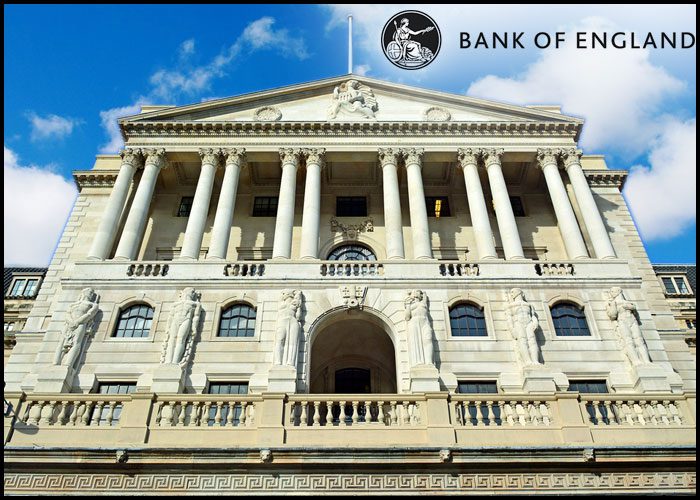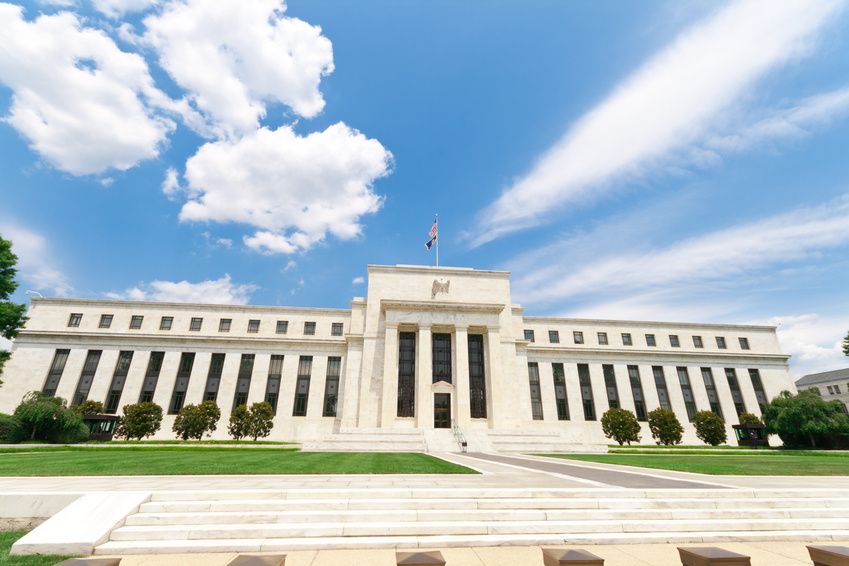The Bank of England raised its key rate for the first time in a decade despite Brexit hurting the economy, as inflation sticks to upward trend on a weaker pound.
The Monetary Policy Committee, headed by Governor Mark Carney, decided to lift the benchmark rate by 25 basis points to 0.50 percent. This was the first rate hike since July 2007.
The MPC voted 7-2 to raise the interest rate. Policymakers voted unanimously to maintain the quantitative easing at GBP 435 billion.
The latest policy action has removed the emergency support announced in August 2016 in the wake of the Brexit vote.
"There remain considerable risks to the outlook, which include the response of households, businesses and financial markets to developments related to the process of EU withdrawal," the bank said.
The bank also noted that inflation was above its 2 percent target, because of the sharp fall in the pound triggered by the EU referendum.
Looking ahead, markets have priced in two more rate hikes for the three-year horizon ending 2020, the bank's quarterly Inflation Report, released on Thursday, showed.
Policymakers omitted a portion from previous statements that rates may need to be raised more than financial markets expect.
The monetary policy continues to provide significant support to jobs and activity in the current exceptional circumstances, the bank said.
Among nine MPC members, Jon Cunliffe and Dave Ramsden voted to keep the rate unchanged at 0.25 percent.
A majority of members judged that a small reduction in stimulus was warranted at this meeting to return inflation sustainably to the target.
All members agreed that any future increases in Bank Rate would be expected to be at a gradual pace and to a limited extent, the bank said.
According to Cunliffe and Ramsden, there was insufficient evidence so far that domestic costs, in particular wage growth, would pick up in line with the Inflation Report's central projection.
Today's quarter point rise may have little effect on most companies, but many will view this as the first step in a longer policy movement – not as a simple reversal of last year's cut, Mike Spicer, director of economics at the British Chambers of Commerce, said.
In the Inflation Report, the bank kept its outlook for inflation and growth broadly unchanged from August. The BoE cautioned that there are considerable risks to the outlook.
"The overshoot of inflation throughout the forecast predominantly reflects the effects on import prices of the referendum-related fall in sterling," the bank said.
The decision to leave the European Union is having a noticeable impact on the economic outlook, the BoE noted.
The bank said overall output growth is projected to remain at 0.4 percent in the fourth quarter of 2017. The UK economy was forecast to expand at about 1.7 percent each over the next three years.
During the press conference, Carney said domestic consumer price pressures are likely to build in coming years.
"With unemployment at a 42-year low, inflation above target and growth just above its new, lower speed limit, the time has come to ease our foot off the accelerator," Carney said.
The bank projected that the economy can only grow around 1.5 percent in coming years before it leads to higher inflation.
Inflation is forecast to rise further in the near term, peaking at 3.2 percent in October, before starting to fall back. Thereafter, it is projected to slow to 2.4 percent by the fourth quarter of 2018 and to 2.2 by the end of 2019.
by RTT Staff Writer
For comments and feedback: editorial@rttnews.com
Economic News
What parts of the world are seeing the best (and worst) economic performances lately? Click here to check out our Econ Scorecard and find out! See up-to-the-moment rankings for the best and worst performers in GDP, unemployment rate, inflation and much more.



